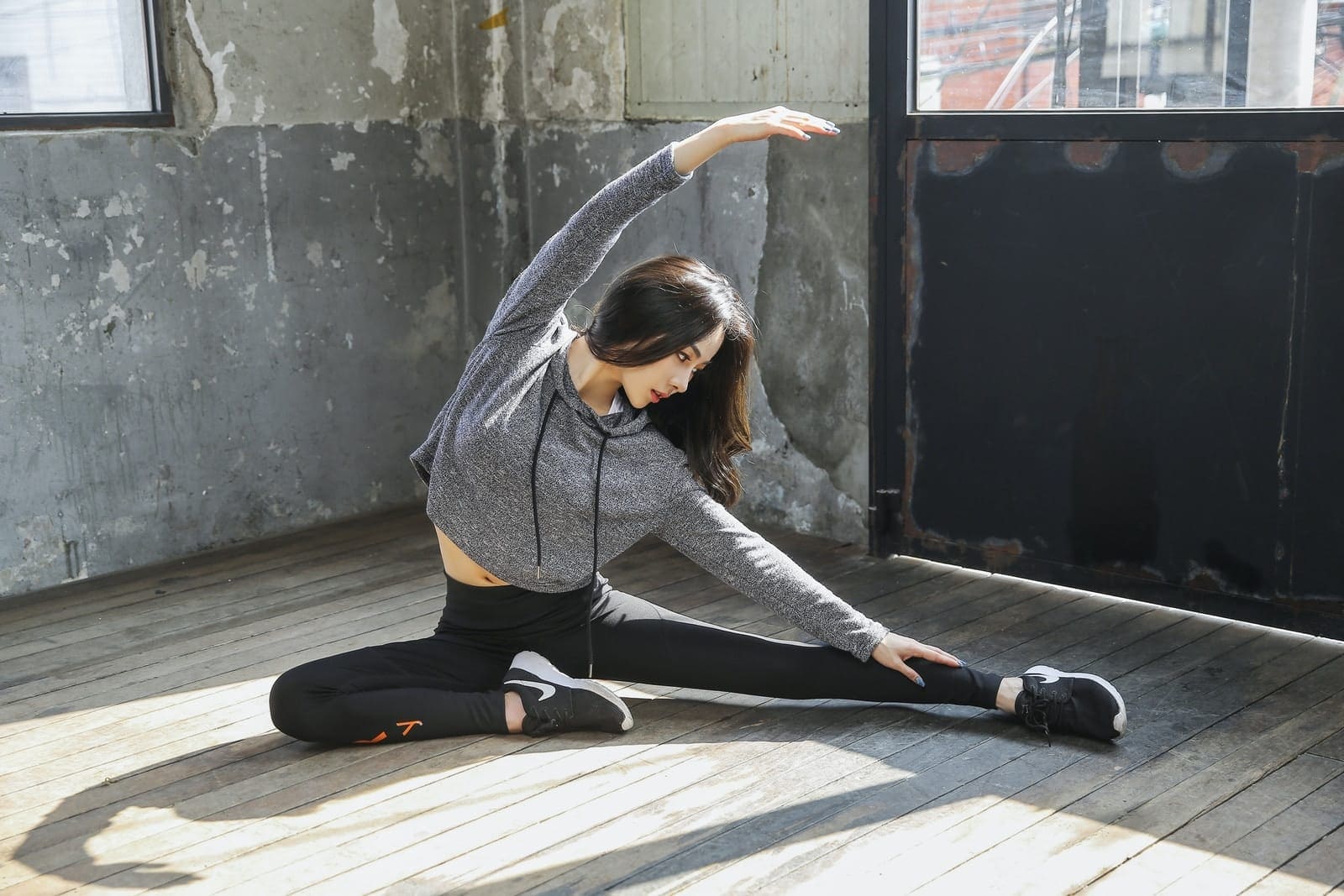
Warming up is essential for performing any physical activity. Warm-ups have been known to boost performance. Athletes do it all the time; in fact, they emphasize that it is the key to ultimate performance.
Let’s look at why warming up is so important, how it works and how to get you warmed up for your next gym session and/or personal dance party workout.
How a Warm-Up works
Warm-ups should last 5 to 10 mins before performing and physical activity, depending on the intensity of the workout. It prepares you physically and mentally for the upcoming movement. It dilates your blood vessels, which in turn supply adequate oxygen to your muscles. Heart rate slowly increases and so does blood flow to your muscles.
Why it’s important
Warming up progressively facilitates exercise. It is one of the most important tools to avoid injury during physical activity. Warming up gradually increases heart rate. This is why performing high-intensity exercises without warming up can place stress on your heart. It also makes you physiologically and psychologically stable.
How to warm-up
- Walking or light running: This uses your whole body to warm up. Do your planned exercise activity like walking, running, or cycling, at a slow pace.
- Bent knee push-ups: These are push-ups with your feet crossed and knees touching the ground. They can serve to warm up your core.
- Hip circles: Loose hips are important to prevent strain on other muscles. To do this, raise one knee to 90 degrees and circle it once. Repeat for both legs.
- Arm circles: To activate your shoulders, slowly circle your arms forward 8 times and backward 8 times with your feet shoulder-width apart.
- Shoulder rolls: Roll your shoulders forward 5 times and backward 5 times.
- Knee bends: Stand with your feet shoulder-width apart and hands stretched in front. Lower yourself around 10 cm and come back up.
- Marching: Start marching on the spot with your knee coming up to your waist. Keep your back straight with a slight bend in the supporting leg.
- Warm stretches: Avoid doing these stretches when your muscles are cold. However, stretching can be helpful as it increases flexibility which reduces the risk of injury.
-
- Forward bend: With your hands raised in the air, bend forward. Try to touch your palms to the ground.
- Side bend: With one hand raised in the air, bend your torso to the side opposite to the raised arm.
- Outer thigh stretches: Hold the outer part of your foot with your hand and fold your leg at the knees, pressing it to your glutes.
- Calf stretch: Stand in front of a wall with one foot planted behind and one foot forward, slightly bent. Lean forwards with your heel on the ground.
Hold these stretches for 20-30 seconds.
It’s important to keep in mind what activity you are planning to do. If you’re going for weightlifting, prep your joints and loosen them by doing weightlifting movements without the weights. For cardio, slowly increase heart rate and breath to get your body used to it. So there you go, now you know what to do the next time you hit the gym or decide to bust some stress with a home workout.
About the Author: Ananya Ananth is a Media and Communication student who writes, dances, and pets cats. Will be found vibing to music and instant coffee at all hours.

Be the first to comment